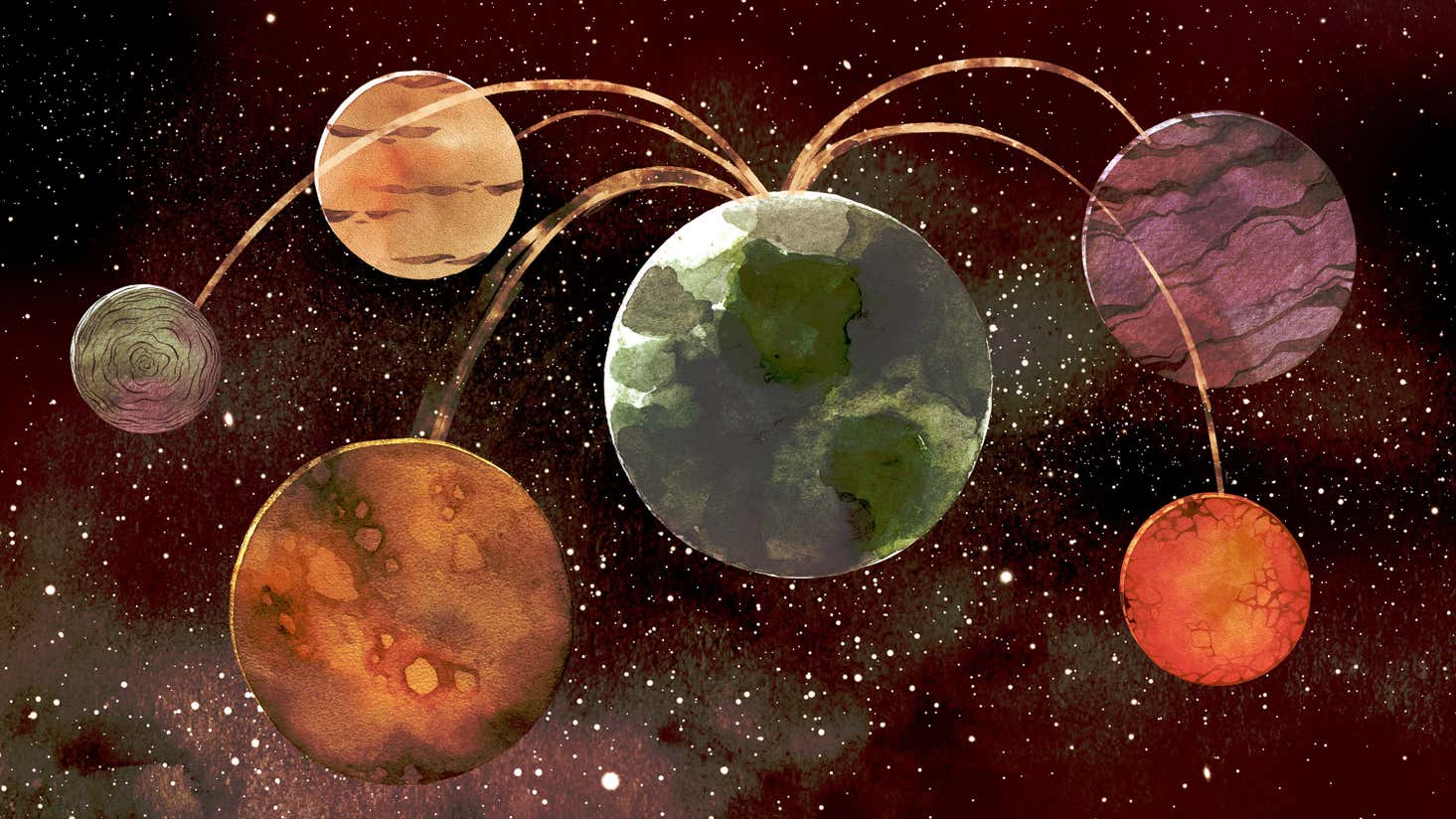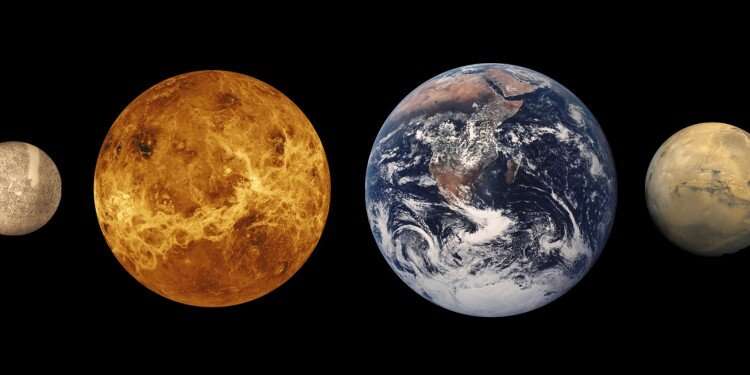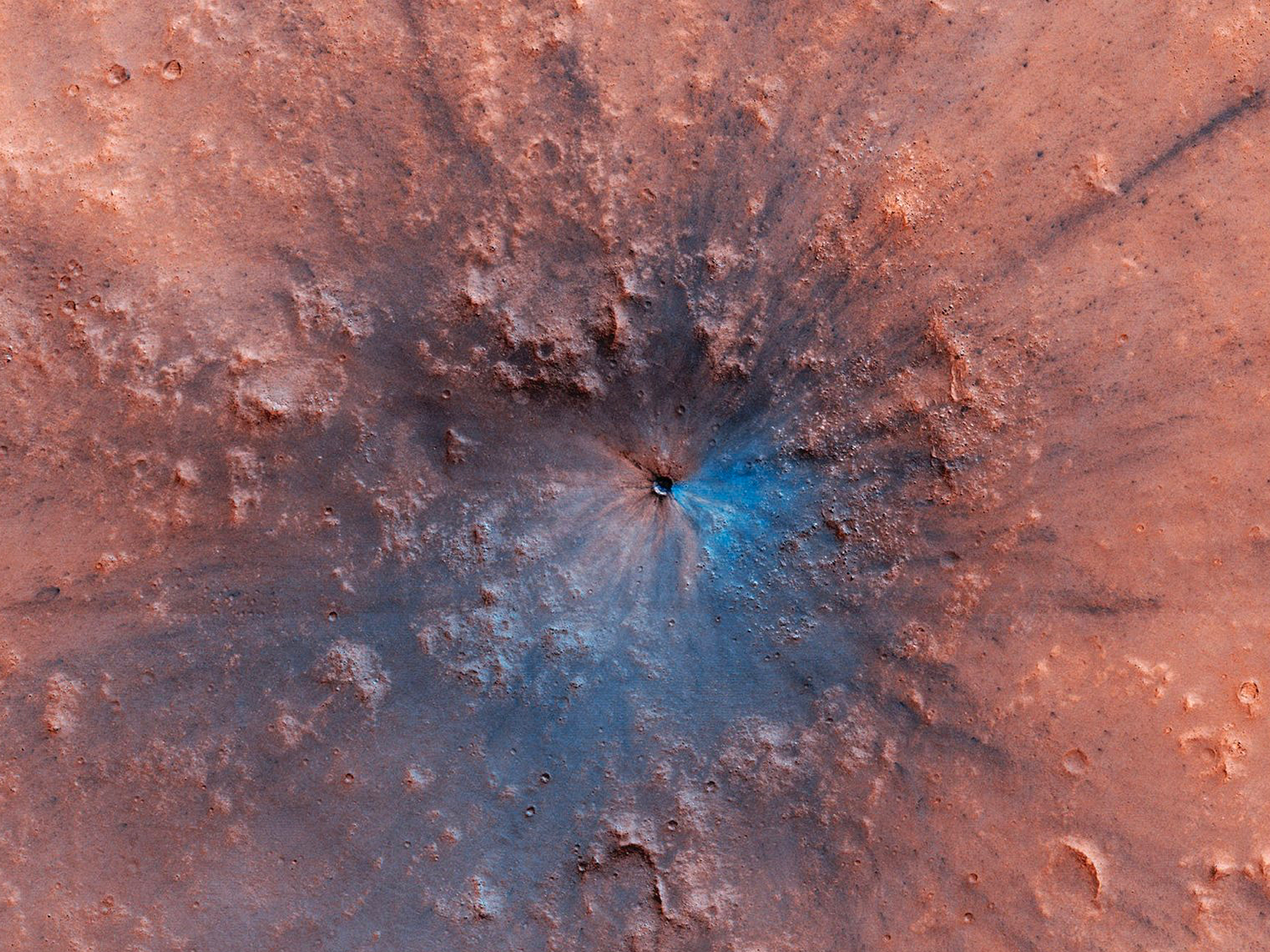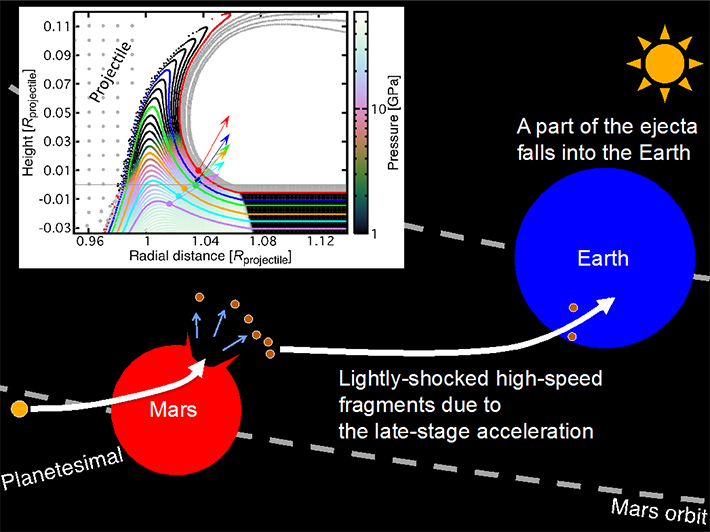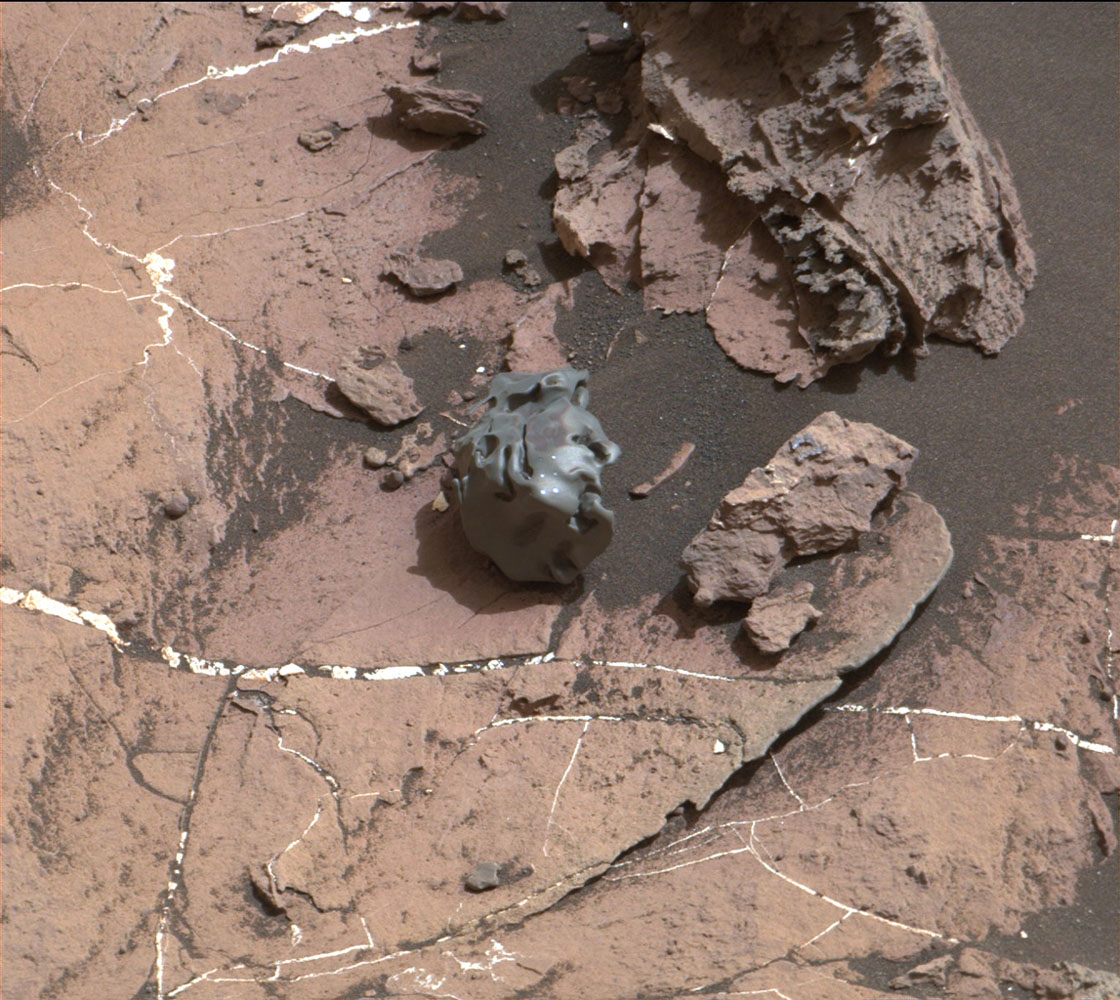
This image, taken from a computer simulation, shows middle altitude clouds on Mars. (Courtesy Victoria Hartwick)
How did the Red Planet get all of its clouds? CU Boulder researchers may have discovered the secret: just add meteors.
Astronomers have long observed clouds in Mars’ middle atmosphere, which begins about 18 miles (30 kilometers) above the surface, but have struggled to explain how they formed.
Now, a new study, which will be published on June 17 in the journal Nature Geoscience, examines those wispy accumulations and suggests that they owe their existence to a phenomenon called “meteoric smoke”—essentially, the icy dust created by space debris slamming into the planet’s atmosphere.
The findings are a good reminder that planets and their weather patterns aren’t isolated from the solar systems around them.
“We’re used to thinking of Earth, Mars and other bodies as these really self-contained planets that determine their own climates,” said Victoria Hartwick, a graduate student in the Department of Atmospheric and Ocean Sciences (ATOC) and lead author of the new study. “But climate isn’t independent of the surrounding solar system.”
The research, which included co-authors Brian Toon at CU Boulder and Nicholas Heavens at Hampton University in Virginia, hangs on a basic fact about clouds: They don’t come out of nowhere.
“Clouds don’t just form on their own,” said Hartwick, also of the Laboratory for Atmospheric and Space Physics at CU Boulder. “They need something that they can condense on to.”
On Earth, for example, low-lying clouds begin life as tiny grains of sea salt or dust blown high into the air. Water molecules clump around these particles, becoming bigger and bigger until they form the large puffs that you can see from the ground.
But, as far as scientists can tell, those sorts of cloud seeds don’t exist in Mars’ middle atmosphere, Hartwick said. And that’s what led her and her colleagues to meteors.


